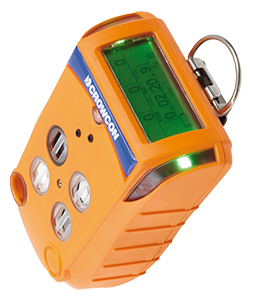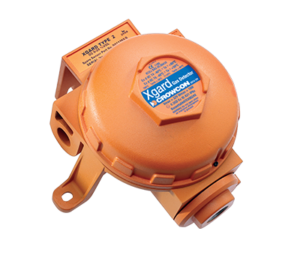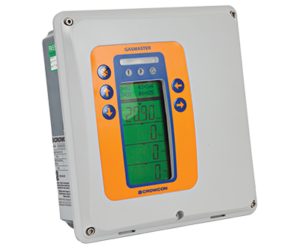Crowcon has a wealth of knowledge regarding gas detection technologies and applications, gained over many installations around the world – and we’re keen to share that knowledge!
Our “Talking GAS” resource hub is intended to help and provide those dealing with gas hazards with a sound understanding of gas sensor technologies, gas properties and detection techniques.
We’re aiming to help you strengthen hazard management at work. However, you should of course always undertake a full site specific assessment for workplace risks!
Download one of our free Talking GAS factsheets and share with those working near hazardous gases. Learn how to recognise danger and what action to take if you suspect excessive exposure.
Below you will also find a number of other important resources to help you understand and manage gas detection in the workplace.




